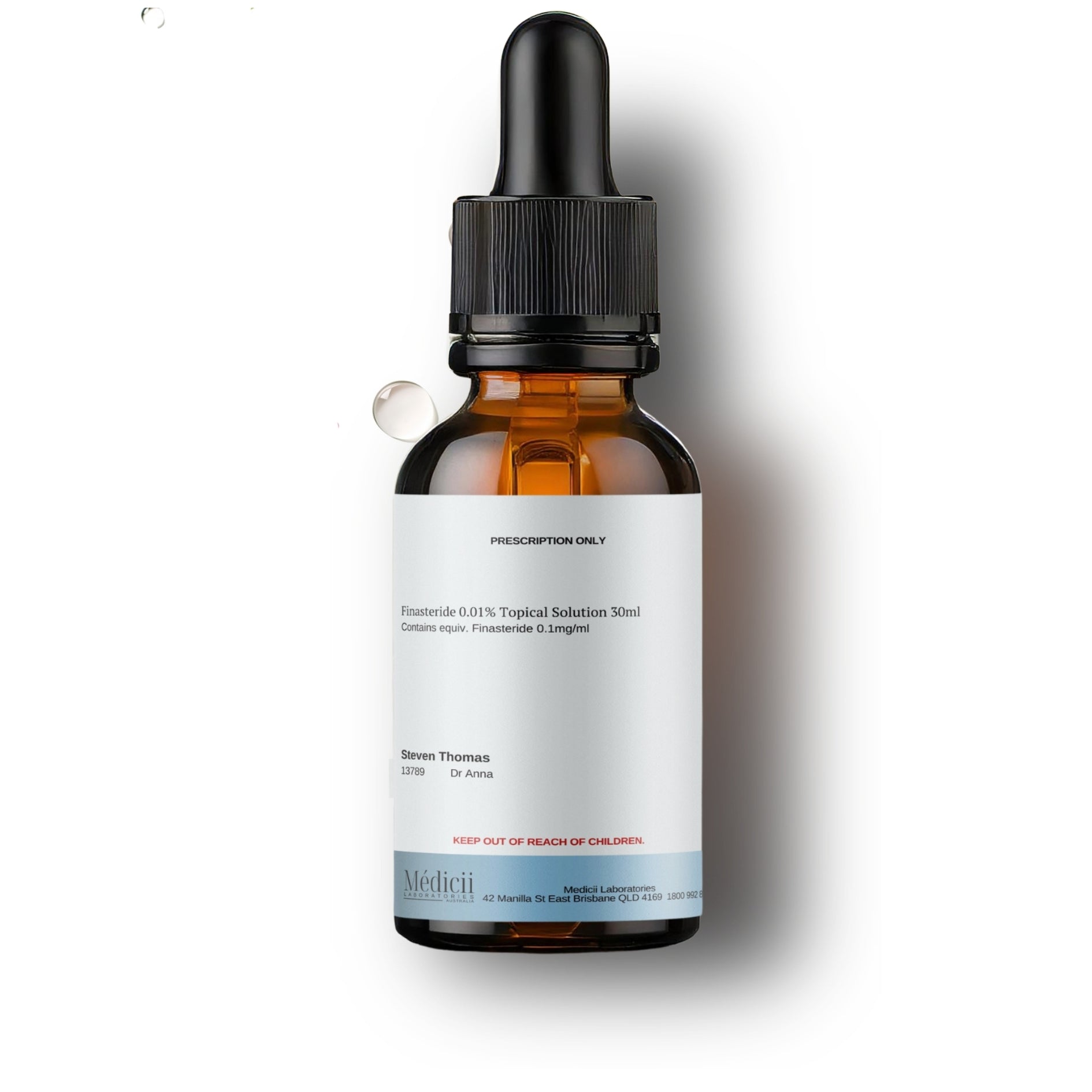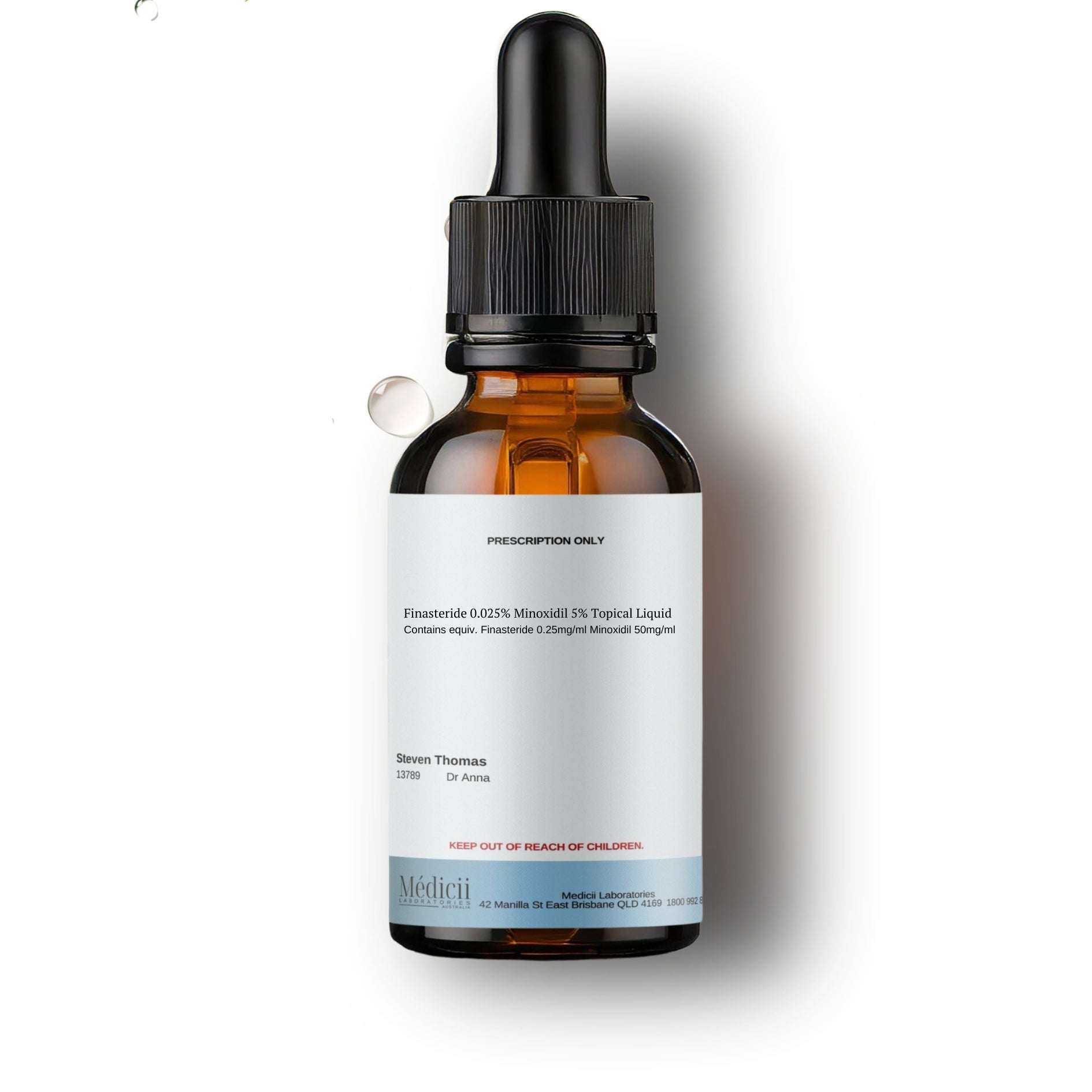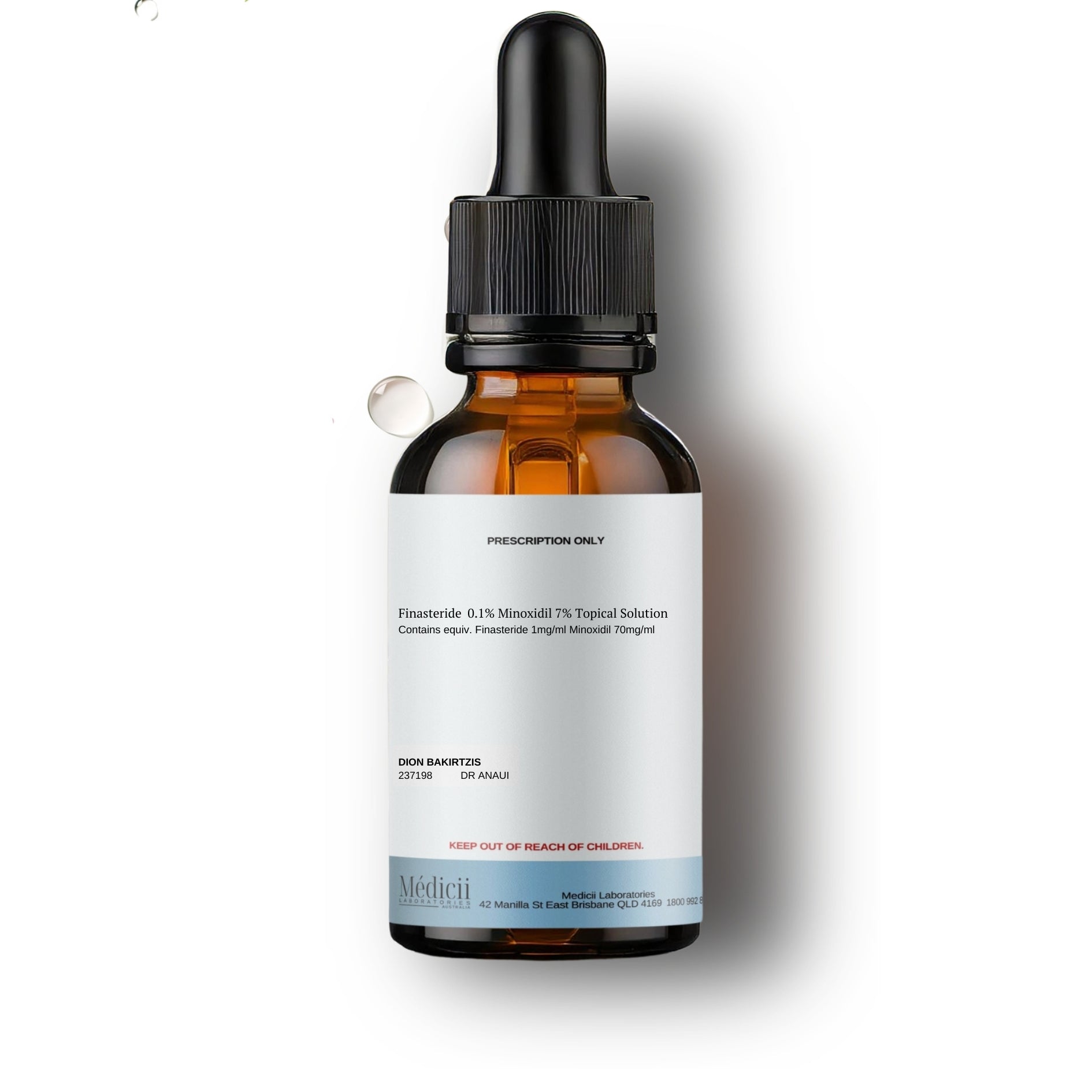
anti-dandruff shampoo and hair loss
Dandruff is a scalp condition characterised by symptoms of flaking and itching. Frequent shampooing and maintaining the overall health of the scalp is key to reduce hair thinning and improving hair growth. If we think of the scalp as a garden bed, it is vital to keep the garden healthy if we want healthy growth.
This article will aim to explore the link between dandruff and hair loss and whether anti-dandruff shampoos have a role in hair growth.
Androgenetic alopecia (AGA), commonly referred to as male pattern baldness, is the most common form of hair loss affecting both men and women. This condition is characterized by the miniaturisation of hair follicles, primarily influenced by the hormone dihydrotestosterone (DHT).
Ketoconazole
Ketoconazole is noted for its ability to inhibit the enzyme 5-alpha-reductase which is responsible for converting testosterone to DHT, with the 2% concentration showing clinical effectiveness in reducing hair shedding and inhibiting the overgrowth of Malassezia sp on the scalp versus 1% Ketoconazole.
In controlled studies, 2% ketoconazole demonstrated comparable efficacy to 2.5% Selenium sulfide in treating moderate to severe dandruff and was better tolerated. For those facing hair loss, particularly individuals with Malassezia overgrowth or seborrheic dermatitis, the inclusion of 2% ketoconazole shampoo in their hair care regimen may prove advantageous.
Selenium Sulfide
Selenium Sulfide is a mild antifungal and antibacterial agent with ability to slow the rate of cell turnover. Selenium Sulfide is often used in shampoos for the treatment of dandruff, seborrheic dermatitis and tinea capitis, a fungal infection that is primarily a disease of preadolescent children. As an antifungal agent, Selenium Sulfide inhibits the overgrowth of Malassezia while alleviating the inflammatory symptoms associated such as skin flaking, itching and scalp irritation.
Few studies have indicated that some individuals using selenium sulfide for the management of dandruff management also experienced diffuse hair thinning. The diffuse shedding was ceased upon discontinuation of Selenium Sulfide. It remains uncertain whether Selenium Sulfide is the sole factor contributing to hair loss or if other ingredients also play a role.
Zinc Pyrithione
In an open, randomized trial, 331 subjects were assigned to using a ketoconazole 2% or a zinc pyrithione 1% shampoo twice a week for 4 weeks. Ketoconazole treatment resulted in a significantly greater improvement in the total dandruff severity score than zinc pyrithione (P<.02). In addition, the recurrence rate of dandruff was significantly lower in the ketoconazole group when compared with zinc pyrithione. Another randomized trial by Shin et al showed subjects using conventional treatment of zinc pyrithione improved continuously even after cessation of treatment.
Key takeaways
- There is an associated between dandruff and hair loss and research shows successful management of dandruff can reduce hair shedding
- If you suffer from hair loss and dandruff, best to stay away Selenium Sulfide
- Ketoconazole is slightly superior to Zinc Pyrithione when it comes to controlling dandruff. The benefits of Zinc Pyrithione continues for a period of time even after cessation of treatment.
References:
- Gray, John. Hair care and hair care products. Clinics in Dermatolofy. 2001
- Muacevi, G et al. Safety, Efficacy and Attributes of 2.5% Selenium Sulfide Shampoo in the Treatment of Dandruff: A Single-Center Study. Cureus. 2024 Mar 28;16(3):e57148. doi: 10.7759/cureus.57148












